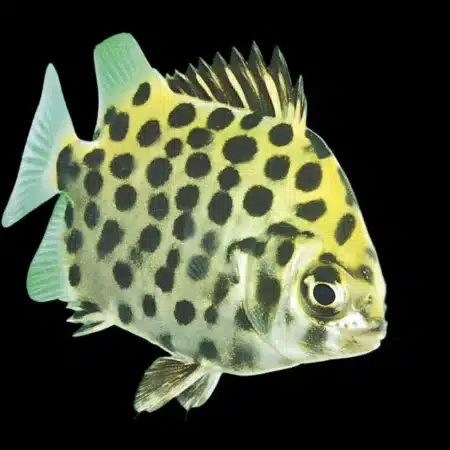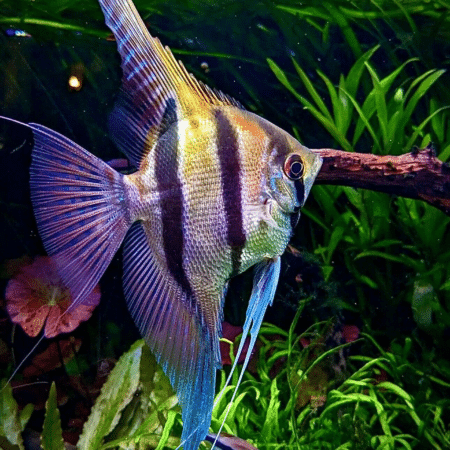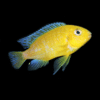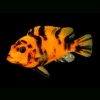-
×
-
×
-
×
-
×
-
×
-
×
Spotted Scat – Scatophagus argus, Thriving Fish for Brackish Environments, Discover Their Graceful Nature and Ideal Conditions with a Quality Aquarium Heater, Easy Care for Busy Aquarists 1 × £25.00
-
×
-
×
-
×
Subtotal: £295.20






 Spotted Scat – Scatophagus argus, Thriving Fish for Brackish Environments, Discover Their Graceful Nature and Ideal Conditions with a Quality Aquarium Heater, Easy Care for Busy Aquarists
Spotted Scat – Scatophagus argus, Thriving Fish for Brackish Environments, Discover Their Graceful Nature and Ideal Conditions with a Quality Aquarium Heater, Easy Care for Busy Aquarists 















Emily Carter (verified owner) –
I recently purchased the Orange Hongi Cichlid, and I couldn’t be happier! After just two weeks in my tank, this vibrant little fish has absolutely transformed the atmosphere of my aquarium. The bright orange color is stunning against the natural decor I’ve set up, and it really stands out! As a caring fish parent, I always prioritize the health and happiness of my fish, and this cichlid has shown so much personality. It’s active and curious, which keeps my other fish engaged, too.
I’ve been feeding it high-quality cichlid food designed for Lake Malawi species, and its appetite has been impressive. Compared to other cichlids I’ve owned, the Orange Hongi seems more social and interactive, which is an absolute joy to witness. The only minor concern is that they can exhibit territorial behavior, so I recommend having plenty of hiding spots in your aquarium decor to help keep the peace. Overall, if you’re looking for a vibrant, lively fish that brings character to your tank, I highly recommend the Orange Hongi Cichlid. It’s perfect for both novice and seasoned aquarists alike!